I tried this activity-tracking band designed for people with long COVID and other energy-limiting conditions and it changed my life
Visible Health helped me learn how to manage my chronic illness
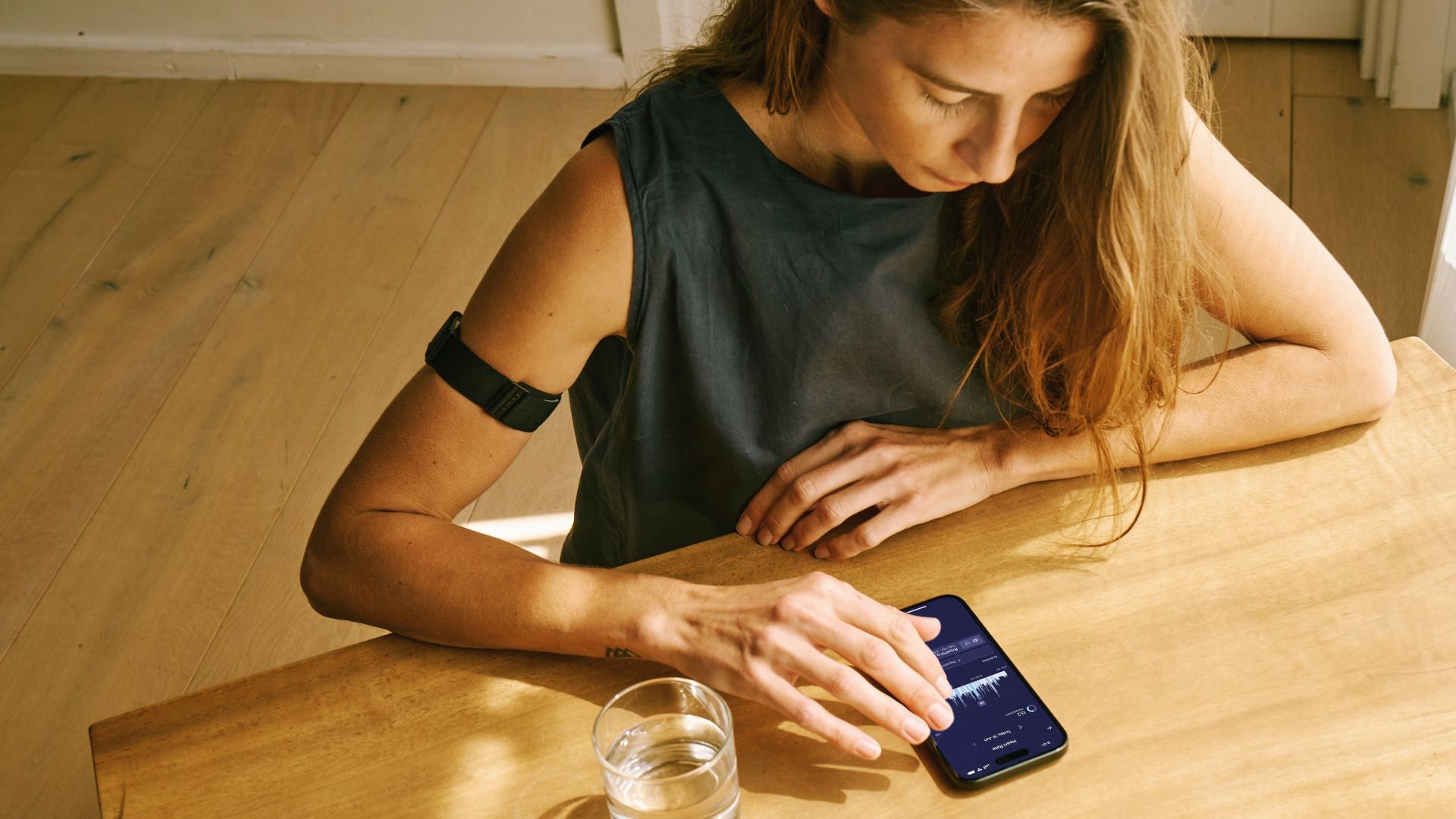
Many people find fitness trackers and smartwatches a useful tool for increasing their activity levels. But I have an energy-limiting illness, so often when a device is sending me notification after notification telling me to increase my step count, move more, strength train and try harder to reach the goals it sets for me, my body is telling me to do the complete opposite: move less, conserve energy and for heaven’s sake stop picking up heavy things.
After my diagnosis in mid-2024, several years (and several fitness trackers) into my career as a fitness writer, I had to learn a whole new set of skills: pacing, establishing a baseline and recognizing the warning signs my body sends telling me to slow down. I had read a bit about pacing and my doctor had given me a handy leaflet explaining the concept of spoons—a metaphor used by the disabled community to illustrate physical, mental and emotional capacity—as units of energy. In some ways, a lot of the principles were similar to those I applied to strength training or running—never overload yourself beyond 5-10% of your baseline or you’re likely to become ill.
I struggled with pacing—suddenly going from high activity levels (three strength sessions a week, 10,000 steps a day, exercising with a high-energy dog and caring for 100 square meters of allotment) to a very sedentary lifestyle didn’t sit well with me and I repeatedly pushed myself beyond my limits and into an energy crash. My salvation came when I was offered a Visible Health band to test. Here's how it helped me learn to manage my illness.
How Visible Health helped me
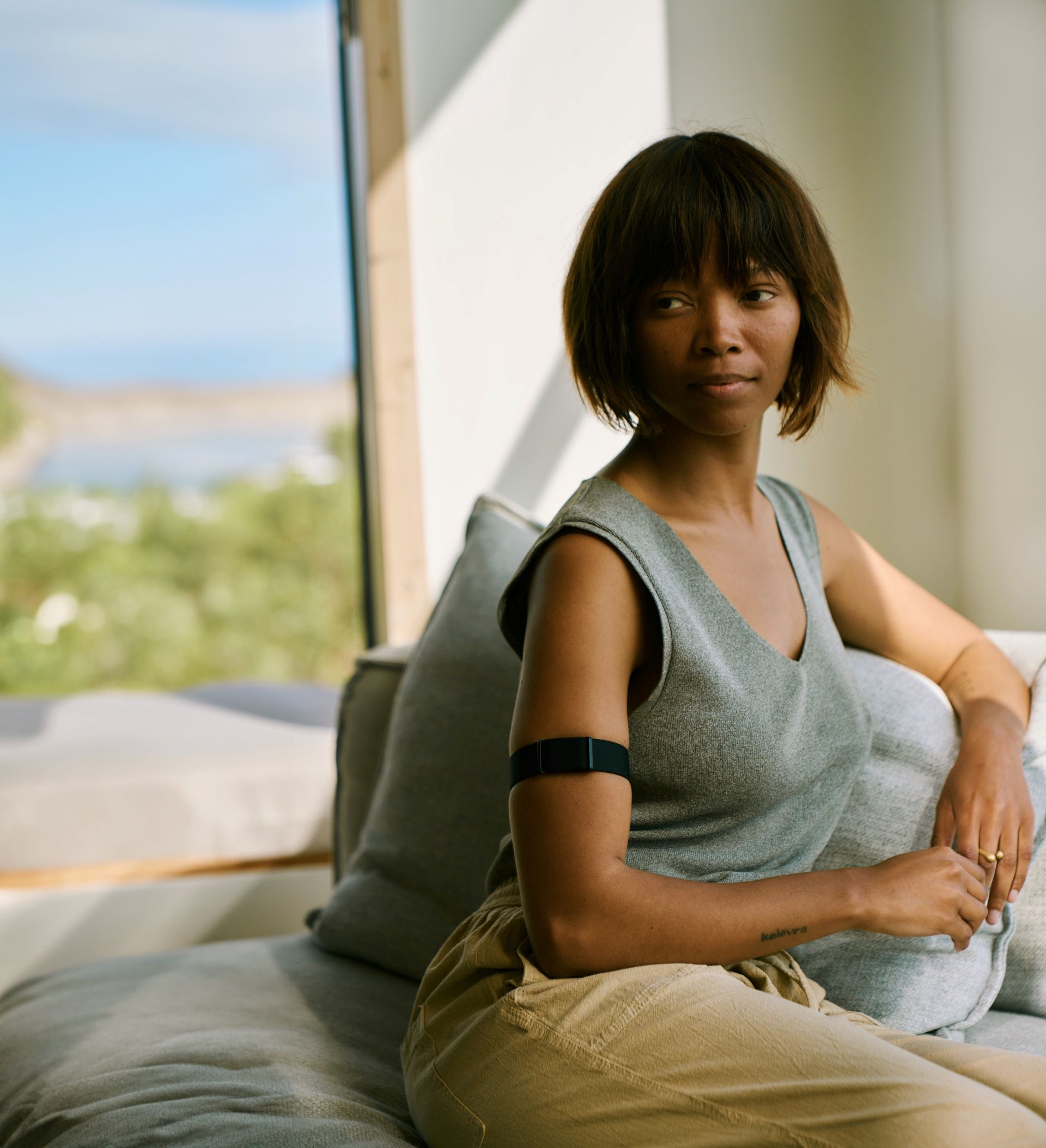
It helps you to visualize pacing
This was the main way the Visible Health revolutionized my life. I could finally see what I was supposed to be doing. The app gives you a budget of pace points to spend in a day and uses your heart rate to set parameters: at rest, active or exerting.
Sometimes your heart rate is going to need to go up to and beyond what the band considers exertion, but at least you know it’s happening, because it notifies you, and you can limit the time in that heart rate zone to avoid overspending on your pace points budget. It's a very similar concept to spoons, and you can tell this app was created by someone who has an energy-limiting illness and has gone through the confusing process of trying to learn how to pace themselves.
The health metrics are helpful for chronic illness
Instead of a target step count, calorie goal or weight-loss target, the band—a heart-rate sensor made by Polar and worn on your upper arm—kept track of my pulse and heart rate variability (the time between heartbeats), and I would enter my symptoms into the app. These combined to give me a clearer picture of my health and allowed me to look back through my day and make note of anything that caused my heart rate to spike. I could then be more aware that that is a high-demand activity the next time I try it and take it slower if needed.
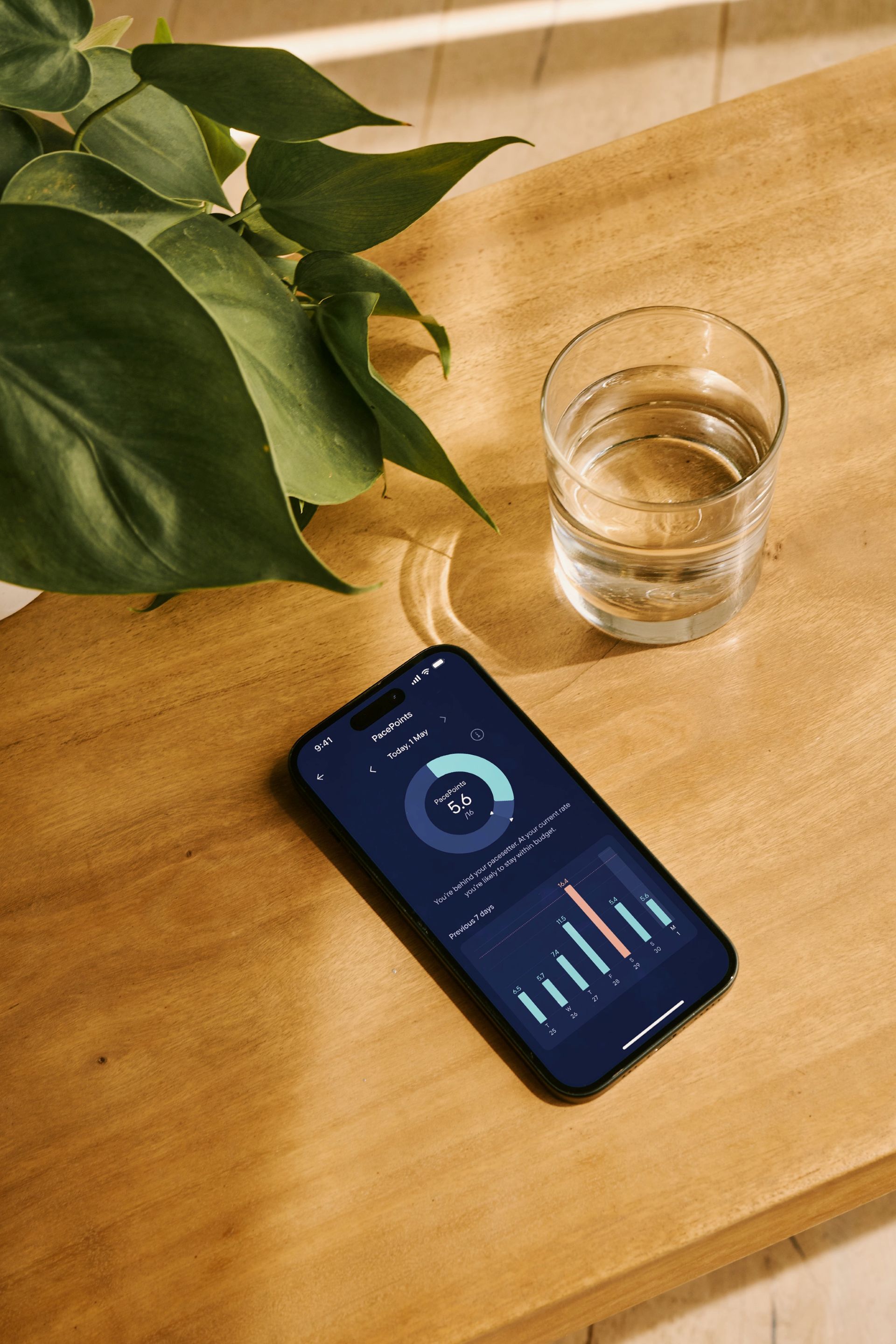
It encouraged me to track the variations in my illness
Sometimes it can be difficult to notice that you’re starting to crash until it hits and you find yourself struggling to brush your teeth. Whoops. The Visible app became an early warning system and I started to notice trends, like how I’d feel after an evening of drinking or how long a big day (where I overspent pace points) impacted my symptoms. This is handy data to take to a medical professional too.
Get the Fit&Well Newsletter
Start your week with achievable workout ideas, health tips and wellbeing advice in your inbox.
It helped me plan each day according to my body
The app gives you a stability score between one and five, I interpreted one as “take it really easy, you’re out of balance” to five being “look at you, functioning like a healthy person”. This was a handy way to find out what my capacity looked like each day.
I didn’t allow it to become a self-fulfilling prophecy, however, which was of concern to me before I got in the swing of things. Sometimes on a stability score of one or two, I would still fancy a slightly longer dog walk or want to spend a little more time being active. I would let the score inform my decision, but ultimately how I felt in my body would dictate what I chose to do that day.
The budget of pace points it asks you to set for yourself can be handy, but my capacity varies so much from day to day, that I tend to ignore this feature and just use my stability score as a guide for how much I could do in a day. Low score? OK, maybe someone else walks the dog and I eat a ready meal for dinner, or maybe I skip the game night and stay in with a film and a hot chocolate instead.
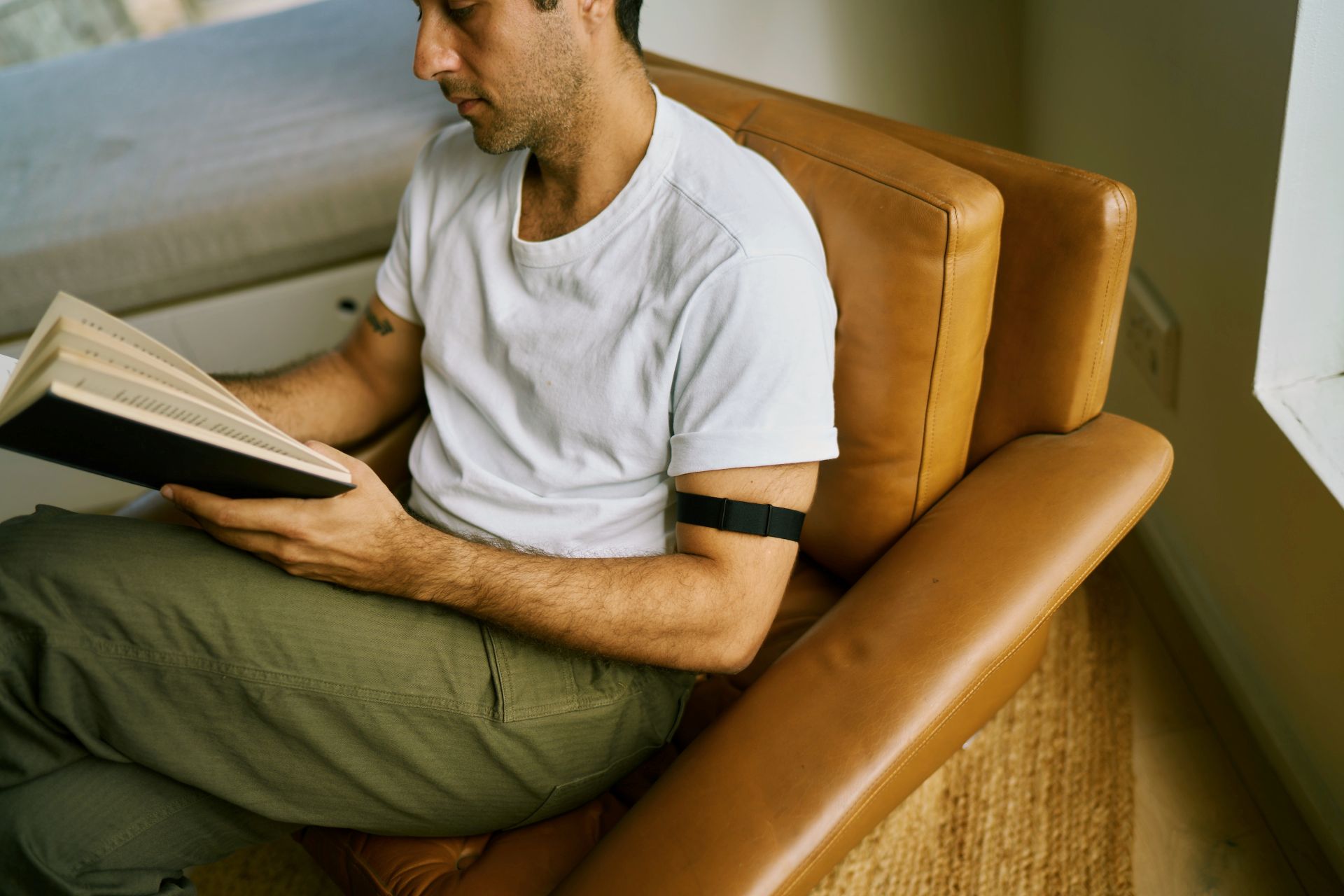
It told me immediately when I was doing too much
The app notifies you when you’ve slipped into your exertion zone—which it calculates after a week of tracking your pulse to see what a normal heart rate range is for you. This was undeniably annoying. It added to my frustration and the feeling that I couldn’t do anything anymore (I became quite petulant those first few months). However, despite my frustration, it helped me to stop and allow my body (and heart rate) to slow down before continuing.
Is Visible Health worth it?
Considering the unique offering and the difference it has made to my ability to manage my condition, I think it is well worth the cost. There is a $79.70/ £64.70 upfront cost for the device, and then either $19.99/£14.99 a month or $179.88/£131.88 a year membership fee for the app.
There is, however, a free version of the app that uses the camera on your phone and the pad of your thumb to track your heart rate variability. It’s not nearly as in-depth but handy if you want to give the app a go.
Visible has also recently released a second-generation band with five days of battery life, as opposed to the band I tested, which needs to recharge daily.

Lou Mudge is a Health Writer at Future Plc, working across Fit&Well and Coach. She previously worked for Live Science, and regularly writes for Space.com and Pet's Radar. Based in Bath, UK, she has a passion for food, nutrition and health and is eager to demystify diet culture in order to make health and fitness accessible to everybody.
Multiple diagnoses in her early twenties sparked an interest in the gut-brain axis and the impact that diet and exercise can have on both physical and mental health. She was put on the FODMAP elimination diet during this time and learned to adapt recipes to fit these parameters, while retaining core flavors and textures, and now enjoys cooking for gut health.
-
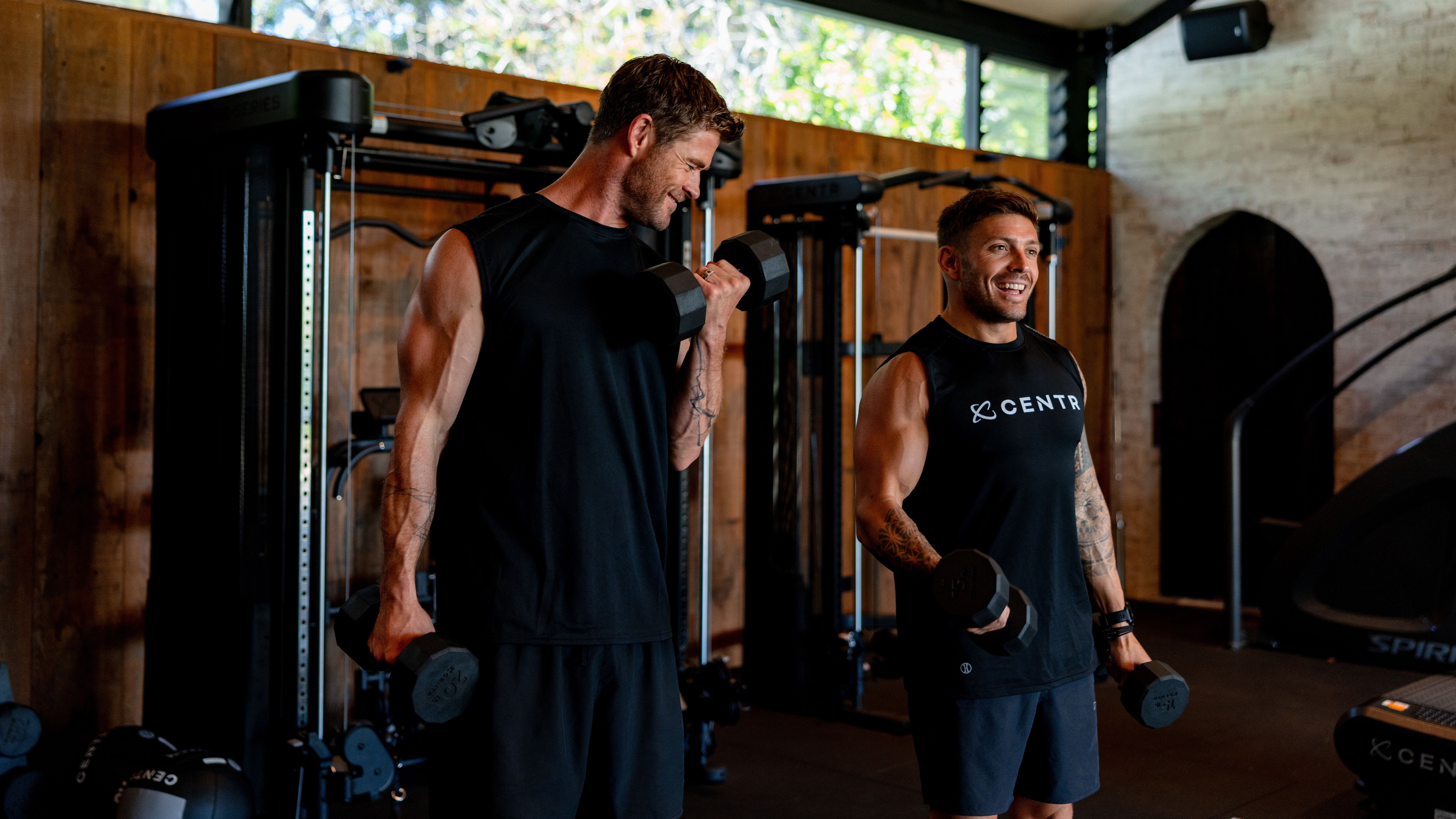 Build blockbuster arms and abs with Chris Hemsworth's go-to dumbbell circuit
Build blockbuster arms and abs with Chris Hemsworth's go-to dumbbell circuitAll you need are adjustable dumbbells and 20 minutes
By Sam Rider Published
-
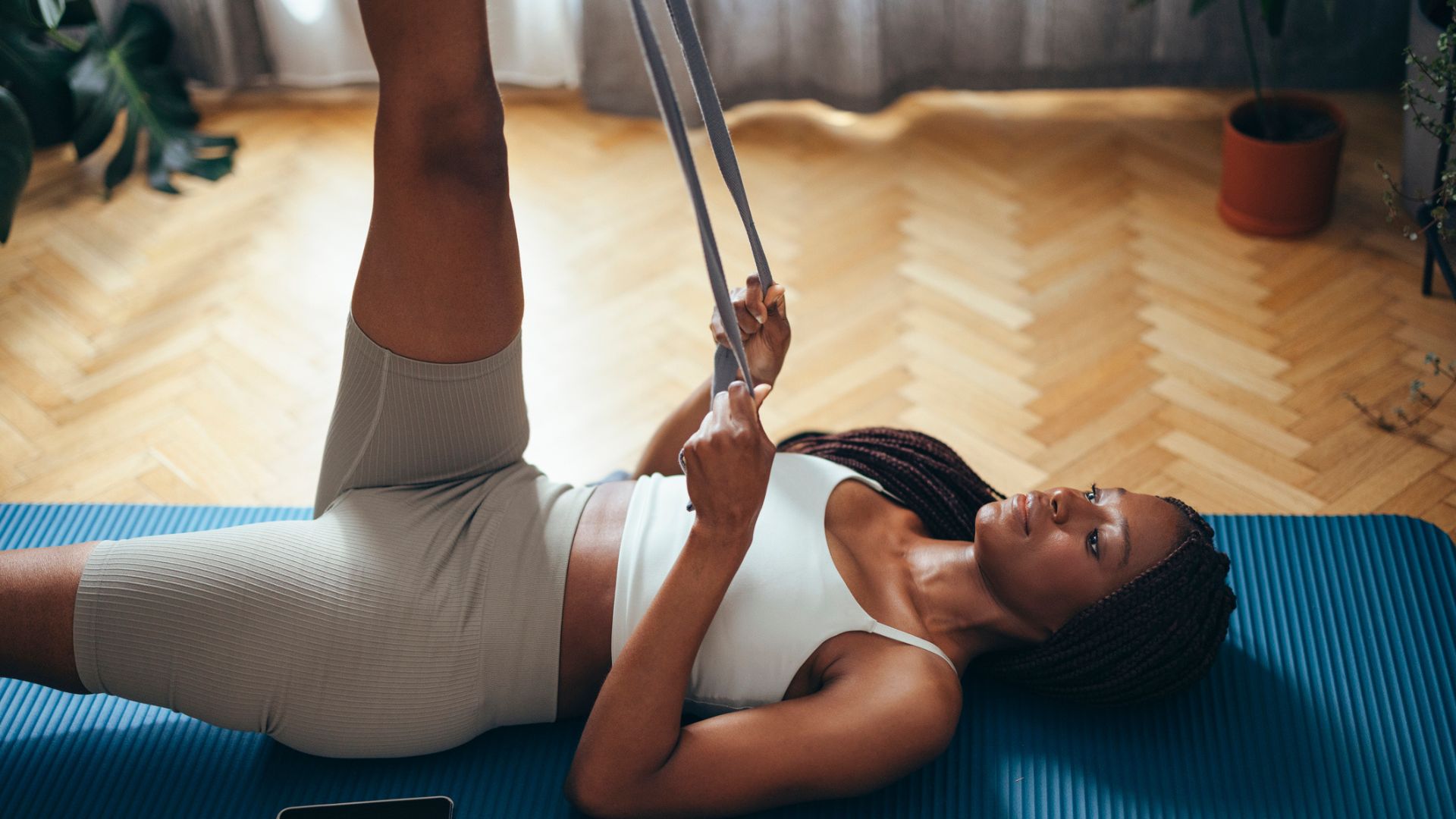 Forget crunches—if I wanted to improve core strength I'd do this neck-friendly Pilates workout
Forget crunches—if I wanted to improve core strength I'd do this neck-friendly Pilates workoutAnd it takes just five minutes
By Maddy Biddulph Published